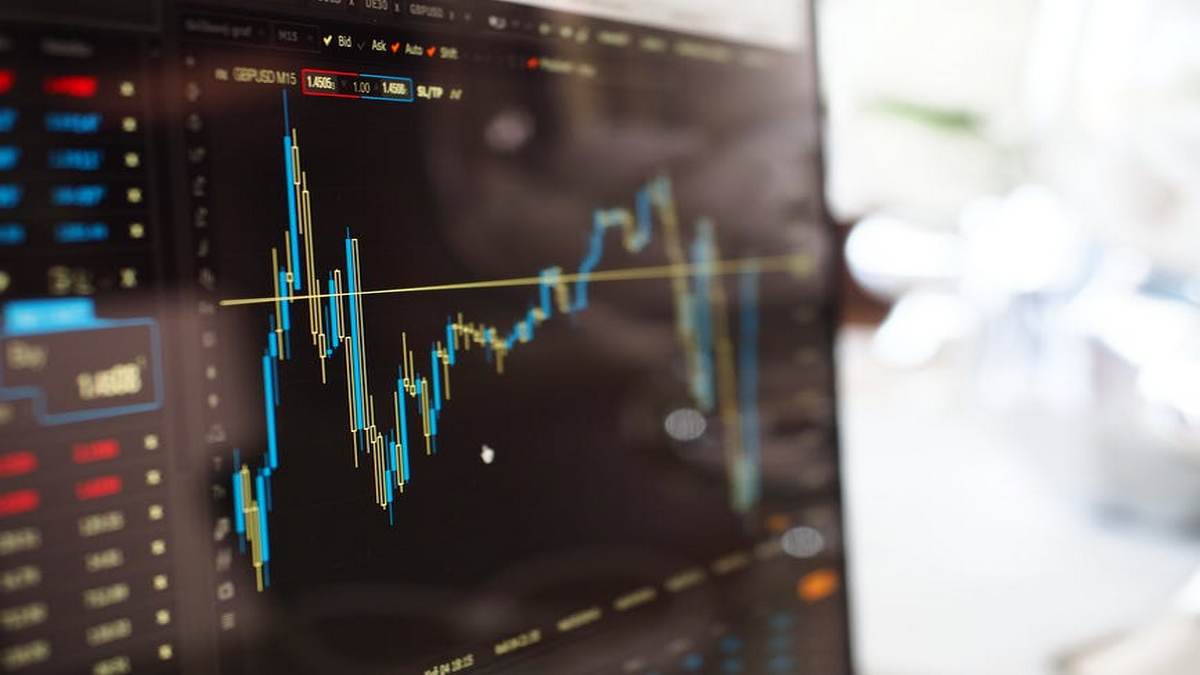Forex trading, or foreign exchange trading, involves buying and selling currencies in a global market. Operating 24 hours a day, it allows traders to profit from currency price fluctuations. Participants include individuals, institutions, and governments, making it one of the most active financial markets.

Choosing the Right Trading Platform
Selecting a suitable trading platform is essential. It enhances user experience, provides necessary tools, and ensures security. Choosing a reliable foreign exchange trading platform affects trade execution speed and market data access, influencing decision-making. The right platform improves trading efficiency and success.
A well-designed platform offers real-time pricing, advanced charting tools, and seamless trade execution. Security is a key factor, with encryption and two-factor authentication ensuring safe transactions. Mobile compatibility allows traders to monitor the market and execute trades on the go, making accessibility an important consideration.
Different platforms cater to various trading styles. Some platforms support algorithmic trading, enabling automated trade execution based on pre-set strategies. Others focus on social trading, allowing users to copy successful traders’ moves. These features help traders find an approach that suits their preferences and expertise level.
Understanding Forex Trading Platforms
A Forex trading platform is software that enables currency trading. It provides charting, technical analysis, and real-time pricing tools. These platforms facilitate order execution and account management, allowing traders to monitor their positions and access various strategies.
For beginners, trading platforms offer user-friendly interfaces, educational resources, and real-time market data. By simplifying trade execution and risk management, they help new traders develop skills while ensuring a secure environment.
When choosing a platform, key factors include functionality, user experience, scalability, and integration. Cost-effectiveness, customer support, security, and user feedback should also be considered. Identifying specific trading needs ensures the platform aligns with personal goals.
Some platforms offer automated trading features, allowing traders to execute pre-set strategies without manual intervention. Copy trading is another popular feature, enabling users to replicate the trades of experienced investors. These options cater to traders who prefer passive investing or systematic strategies.
The Role of Research and Testing
Research and testing are crucial in selecting a trading platform. Thorough research validates strategies and ensures reliability. Testing helps identify flaws and refine approaches, leading to better trading outcomes. Prioritizing these aspects reduces risks and improves decision-making.
Demo accounts are valuable tools for testing platforms before committing funds. They allow traders to practice executing trades, experimenting with strategies, and familiarising themselves with the platform’s interface. Comparing different platforms using demo accounts ensures an informed decision based on experience rather than speculation.
Forex trading involves risks, and staying informed about market trends, economic indicators, and geopolitical events can improve trading success. Many platforms provide educational content, market analysis, and webinars to help traders refine their strategies.
Risk Management in Forex Trading
Effective risk management is essential for long-term success in Forex trading. Traders should set stop-loss orders to limit potential losses and use proper position sizing to control risk. Avoiding excessive leverage and diversifying currency pairs can help mitigate market volatility.
Market sentiment and news play a crucial role in price movements. Traders should monitor economic reports and geopolitical developments to anticipate shifts in currency values. A solid risk management plan ensures traders can navigate market fluctuations with confidence.

Conclusion
Choosing the right Forex trading platform is crucial. A well-chosen platform enhances trading by providing essential tools, security, and reliability. This leads to better decision-making and improved financial results.
For beginners, selecting a platform that matches their needs is key. Exploring options and choosing one aligned with their goals enhances the experience. The right platform provides valuable resources and supports informed decision-making.
Traders should also focus on developing a structured trading plan. Analyzing past performance, refining strategies, and continuously learning from market trends contribute to long-term success. A disciplined approach and the right platform lays the foundation for profitable trading.
FAQs
-
Which Forex trading platform is best for beginners?
A beginner-friendly platform should have an easy-to-use interface, educational resources, and demo accounts. Competitive spreads and reliable customer support are also important. Researching reviews can help identify suitable options.
-
Which Forex market is best for beginners?
Markets with lower volatility and high liquidity, such as EUR/USD or USD/JPY, are recommended. These currency pairs offer stability. Platforms with demo accounts allow practice without financial risk.
-
Which Forex trading strategy is best for beginners?
A trend-following strategy helps beginners identify market trends and make informed decisions. Using demo accounts, focusing on risk management, and studying fundamental analysis improve understanding and success.
-
What features should a good trading platform have?
A good trading platform should offer real-time market data, advanced charting tools, fast execution speeds, strong security measures, and mobile accessibility. Additional features such as automated trading, copy trading, and risk management tools can enhance the trading experience.



